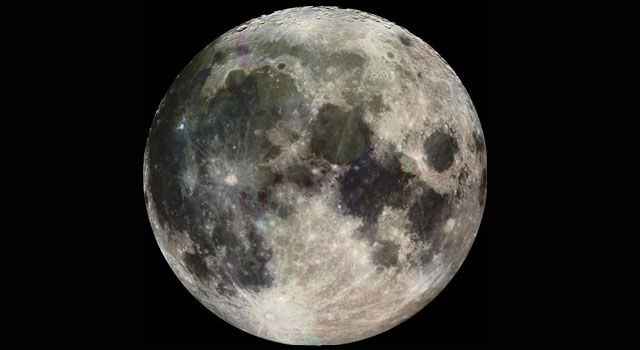Extreme Worlds: The Moon’s Inner Core Revealed
Tuesday, February 22nd, 2011
 The Apollo 15 (left) and Apollo 11 (right) lunar laser ranging retroreflector arrays. Image credit: NASA/D. Scott
The Apollo 15 (left) and Apollo 11 (right) lunar laser ranging retroreflector arrays. Image credit: NASA/D. ScottEveryone knows that Earth’s Moon is a cold, dead chunk of rock, right? Hold on there, Sparky, not so fast! While it’s true that it was once thought that the moon was an inert, lifeless ball, scientists have known since the days of the Apollo astronauts that there’s much more going on inside our moon than meets the eye.
On Earth, seismology is one of the best ways to probe what’s happening inside our planet. We can “see” the layers and boundaries deep inside Earth, similar to how a sonogram lets us see the shape of a baby in a pregnant woman’s belly. Seismology is what lets us know that Earth’s core is divided into a solid inner core and liquid outer core.
So it only made sense for Apollo astronauts to place seismometers on the moon in order to measure the rumblings and grumblings of the lunar interior. Unfortunately, the locations of the moonquakes and positions of the seismometers didn’t allow for a nice “sonogram” of any possible lunar core. Despite almost a decade of measuring moonquakes, we never got a good peek at the core.
Another Apollo experiment left panels of retroreflectors — essentially giant mirrors (about a square meter, or about 11 square feet, in size) — on the moon’s surface. Observatories on Earth fire laser beams at the reflectors and measure how long it takes light to make the round-trip. Lunar Laser Ranging (LLR) gives us a remarkably accurate measure of the Earth-moon distance, good to within a couple of centimeters (a little less than an inch). LLR has also let us know that our moon probably isn’t completely solid. The moon most likely has a liquid iron core and possibly, like Earth, a solid iron inner core.
Now lunar scientists have revisited and applied modern seismic analysis techniques to the more than 30-year-old lunar seismic data set. Their analysis supports the idea that the moon does indeed have an inner core of solid iron surrounded by an outer core of liquid iron. Similar to (but very much smaller than) Earth’s core!
If all goes well, the soon-to-be launched GRAIL mission, whose twin orbiters will measure gravity in exacting detail, will shed even more light on the nature of our moon’s interior. Things are getting pretty interesting for this “cold, dead chunk of rock!”



























